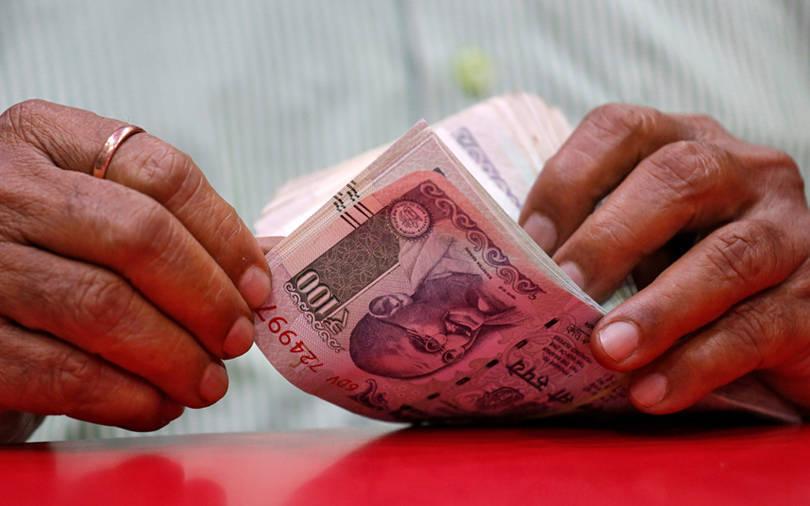The Indian rupee ended nearly flat on Wednesday, but logged its worst monthly performance so far in 2023, weighed mainly by broad strength in the U.S. currency.
The rupee closed at 82.7225 against the dollar, compared with 82.71 on Tuesday. The rupee fell about 1% in May, its worst monthly fall since Dec. 2022.
The rupee remained stable during the day despite a further decline in the Chinese yuan, which pushed other Asian currencies lower and boosted the dollar.
The offshore yuan fell 0.4% to 7.1225 to the dollar, hovering near its lowest in six months, after data showed that China's factory activity contracted more than expected in May on weakening demand.
Likely dollar inflows into equities over MSCI Index rebalancing helped offset the negative impact of the dollar strength, a trader with a public sector bank said, adding that foreign banks were selling dollars.
Index provider MSCI's rebalancing will come into effect at market close, which would lead to inflows into equities.
"The steam to fall below 83 looks capped for the time being amid possible bulk dollar sales by exporters," said Arnob Biswas, FX research analyst at SMC Global Securities.
The rupee is also enjoying a familiar technical support around the 82.80-82.85 level, which has held in the past, according to traders.
The dollar index rose to 104.51, while U.S. yields dropped. The dollar index has gained 2.8% so far this month.
Tracking the fall in U.S. treasury yields, the one-year rupee forward premium edged up to 1.79% from a low of 1.73% hit earlier this week.
Investors will now track the U.S. House of Representatives debate on debt ceiling legislation and an expected vote on passage on Wednesday.
Focus will also be on India's GDP data due later in the day and the U.S. jobs data due on Friday.






